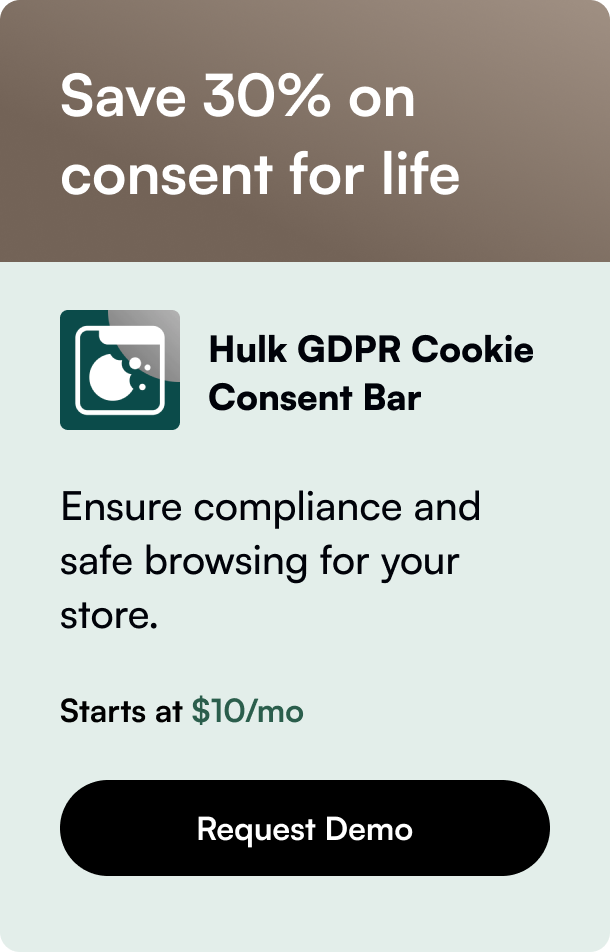Table of Contents
- Introduction
- Simulating Transactions: The First Step to Testing
- Testing Beyond Transactions
- Continuous Testing for Shopify Apps
- FAQs About Testing Shopify Stores
Launching a Shopify store is an exciting venture for any entrepreneur. However, before unveiling your store to the world, it's crucial to conduct thorough testing. This ensures that your customers will enjoy a seamless shopping experience, which is critical for your store's success. In this comprehensive guide, we'll delve into the essential steps and strategies for testing your Shopify store efficiently and effectively. Let's get started.
Introduction
Imagine this: you've spent countless hours designing your Shopify store, selecting products, and setting up your payments and shipping. The anticipation of going live and seeing those first sales come in is palpable. But what if, instead of a smooth launch, customers encounter problems checking out, or worse, their payments don't go through? This scenario is where the significance of testing your Shopify store comes into play.
In the fast-paced world of e-commerce, ensuring your store functions flawlessly is not just important—it's essential. Whether you're setting up your store for the first time or making significant changes to your payment settings, rigorous testing can help you identify and resolve issues before they impact your customers. This article will guide you through the process of testing your Shopify store, from simulating transactions to verifying your order processing and fulfillment flows. By the end of this guide, you'll have a road map to confidently test your store, ensuring a smooth launch or update.
Simulating Transactions: The First Step to Testing
Testing your Shopify store starts with simulating transactions. This process allows you to ensure that the checkout process, along with order processing, inventory management, shipping configurations, and email notifications, works as intended.
Using Shopify's Bogus Gateway
For those not ready to process real transactions, Shopify’s Bogus Gateway is a tool designed for simulation. It's a dummy payment provider that helps you test the ordering process without making actual payments. When activated, all orders placed are considered test orders. This tool is invaluable for verifying the checkout process is smooth and error-free.
Shopify Payments Test Mode
If you're using Shopify Payments, you have the advantage of enabling the test mode. This mode allows you to create orders and simulate transactions using test credit card numbers. You can emulate both successful and declined transactions to ensure you and your staff are prepared for various scenarios. However, remember that test mode should be deactivated when you're ready to accept real orders.
Real Transactions with Immediate Refund
Alternatively, you could conduct a real transaction using a genuine payment method and then promptly cancel and refund the order. This method can be more insightful, providing a real-world test of your payment gateway. However, be cautious of possible fees from your payment processor.
Testing Beyond Transactions
While simulating transactions is a crucial part of testing your Shopify store, a comprehensive test plan covers much more.
Testing Your Order Flow
To thoroughly understand how your store operates from your customer's viewpoint, consider every potential interaction:
- Add products to the cart from various devices and browsers to ensure compatibility.
- Apply discount codes to see if they are correctly calculated at checkout.
- Test different payment methods to confirm that each options works as expected.
- Simulate failed transactions to understand the error messages that customers might see.
- Check if shipping rates and taxes are correctly calculated for different addresses.
- Create test orders while logged into a customer account and as a guest to verify both experiences.
Post-Order Verification
After placing an order, it's essential to check:
- Order notifications to ensure they're sent correctly and contain the necessary details.
- The fulfillment process, whether manual or automated, to confirm orders are processed as intended.
- The return and refund process to ensure it's smooth for customers, preserving their trust in your brand.
Continuous Testing for Shopify Apps
For Shopify app developers, testing doesn't stop after deployment. If you've launched your app and discovered bugs, using tools like ngrok can help you test changes locally before updating the app on Shopify. Creating separate apps for development and production allows for continuous testing without disrupting your live app.
FAQs About Testing Shopify Stores
Q: How often should I test my Shopify store? A: Test your store thoroughly before launching or implementing significant changes. Continuous, routine checks, especially after updates, ensure ongoing smooth operation.
Q: Can I test my store on a mobile device? A: Absolutely. Testing on multiple devices and browsers is crucial to ensure all your customers have a seamless experience, regardless of how they access your store.
Q: Are there any costs associated with testing my Shopify store? A: Using Shopify's Bogus Gateway or test mode in Shopify Payments is free. However, conducting real transactions and then refunding them may incur fees from your payment processor.
Q: How do I know if I've tested everything thoroughly? A: While it's challenging to test every possible scenario, covering the bases outlined in this guide and regularly reviewing your store's performance can help ensure you've done comprehensive testing.
Testing your Shopify store is not just a step in the launch process—it's an ongoing commitment to your store's performance and your customers' satisfaction. By rigorously following the steps outlined in this guide, you'll be well-equipped to identify and rectify issues, ensuring a smooth, efficient, and enjoyable shopping experience for your customers. Remember, a well-tested store is the foundation of trust and reliability in the eyes of your customers.








